Exhbition Tyrmi/Vogl
Galleri Opdahl Stavanger, 2023
- 27.10.23 - 24.11.23
- For the first time, the works of Hanne Tyrmi and Ulrich Vogl will be presented in close dialogue. Composed of the fundamental and the situational, the abstract and figurative, the exhibition proposes shifting perspectives of human experience and the mechanisms that drive our perception.
- More infromations on the Galleri Opdahl Webpage
- More informations on the Hammershoi Studies
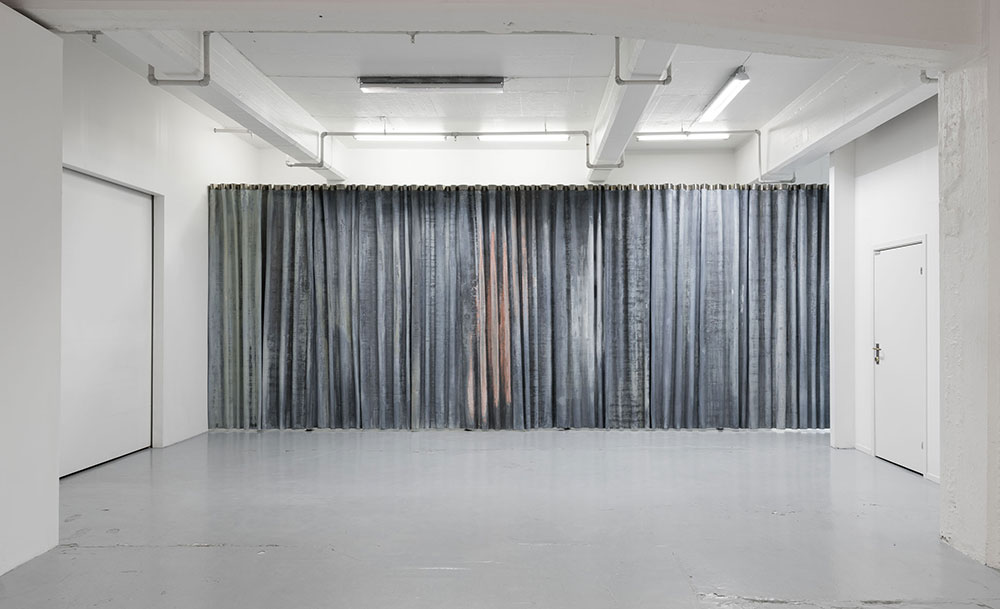
For the first time, the works of Hanne Tyrmi and Ulrich Vogl will be presented in close dialogue. Composed of the fundamental and the situational, the abstract and figurative, the exhibition proposes shifting perspectives of human experience and the mechanisms that drive our perception.
Hanne Tyrmi's (b.1954, Norway) practice is rooted in sculptural expressions, where she works with a variety of techniques and materials. The driving force in Hanne Tyrmi's artistic practice is the lifelong exploration of different materials and their inherent qualities. Known for using lead, steel, wood, and felt, she combines photography, film, and text with sculptural objects in monumental installations. From small objects that can be held in the palm of your hand to monumental constructions that expand from floor to ceiling, Tyrmi modifies the material nature of her sculptures. Extended, elevated, resting, and attached, the sculptures actively interact with their environment and, subsequently, the movements of their visitors. Passive as they do not entail a functionality, they become active as navigators of space and movement. With a conscious consideration of her own body when she approaches the amorphic materials, Tyrmi initiates a corporal element throughout the making of the works. When they later appear in proximity to one another, their physical properties extend into the space and the encounter with the beholder. As constellations of separation and conjunction, dislocation and reconfiguration, Hanne Tyrmi generates a somatic sphere where the body induces a contemplative state.
The works of Ulrich Vogl (1973, Germany) move within and across a spectrum of mediums, materials, expressions, and dimensions. From found objects and collages to kinetic installations and works in stone, wood, and tulle, Vogl explores situational views extending into stories, experiences, locations, and atmospheres. Moving between the literal and the conceptual, the artist often allows the viewer to enter fragmentary moments of a situation that has yet to be concluded. A vacant table with only traces of a presence, a vitrine fitted into a piece of untreated stone, and a featherlight cut of tulle hung across a hoop of brass, changing its name according to the season in which it is shown. In constant movement or caught in a moment of the in-between, Vogl grants narratives a body of their own, which can be entered without the boundaries of a predetermined order of experience. Where the objects entail a past of their own, the subtle adaptations by the artist transform their presence into a new storyline where they operate as a point of access.
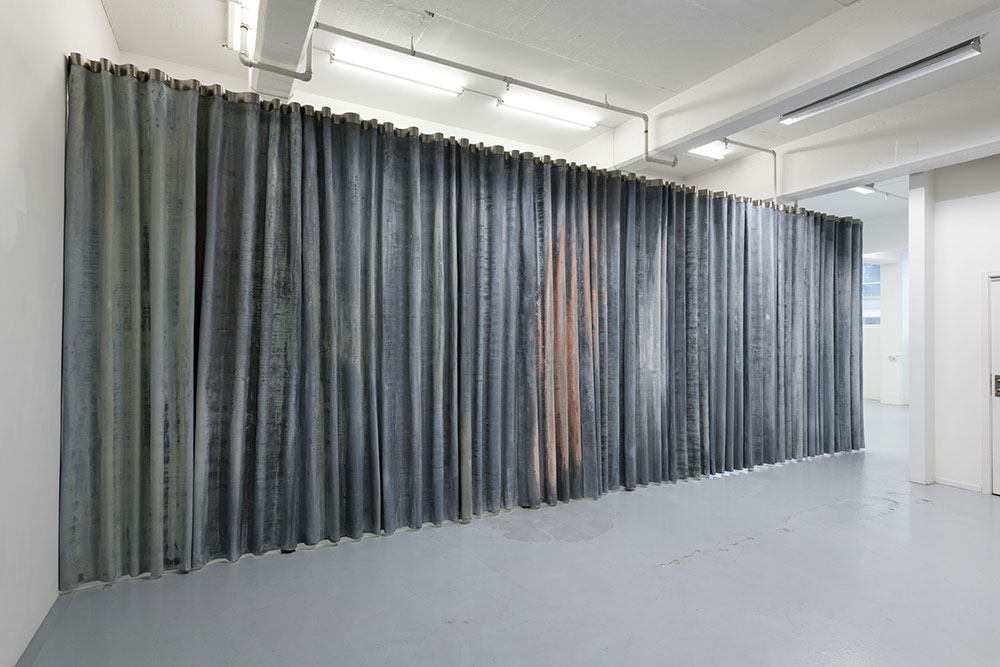
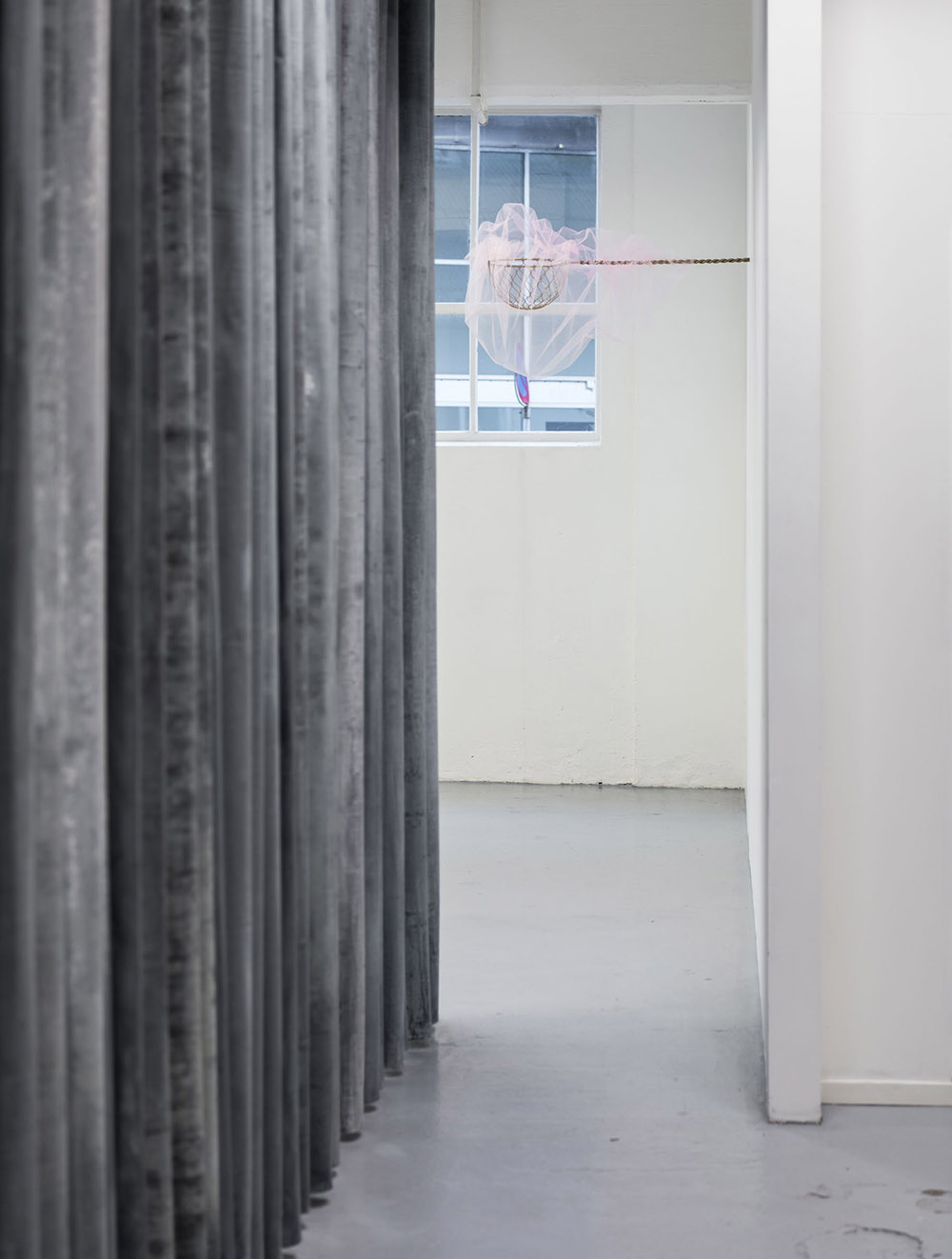
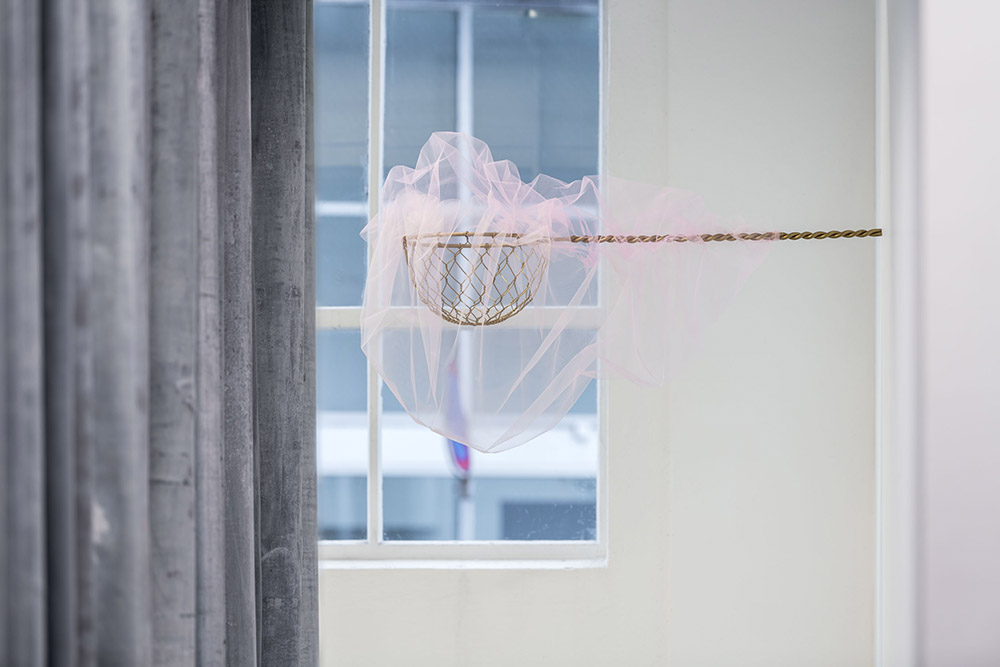
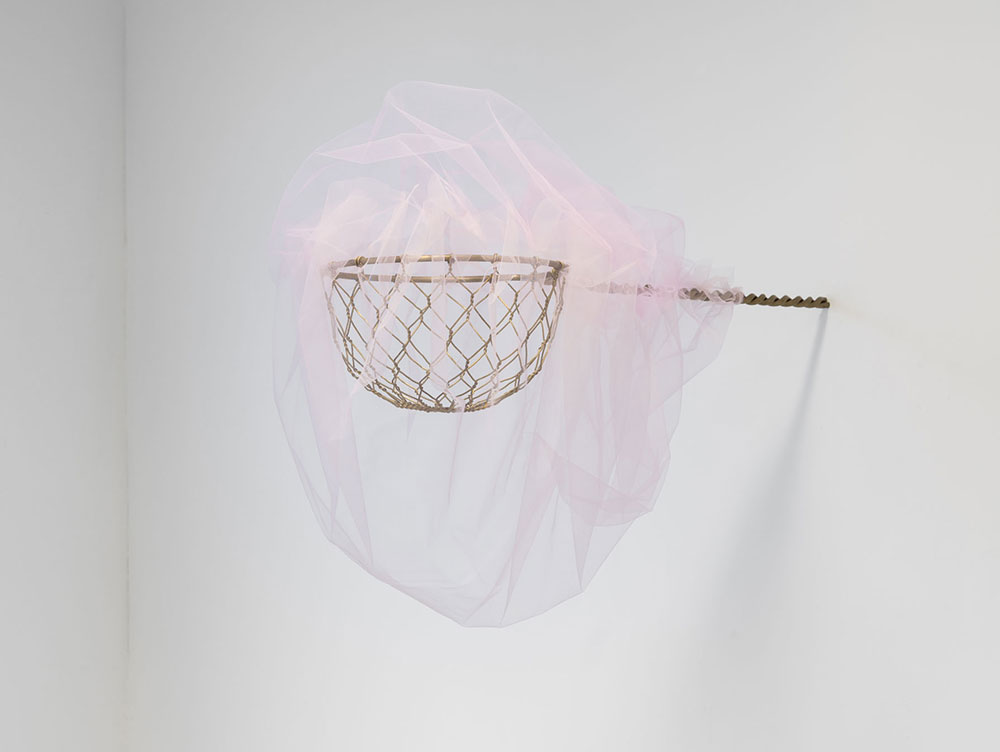
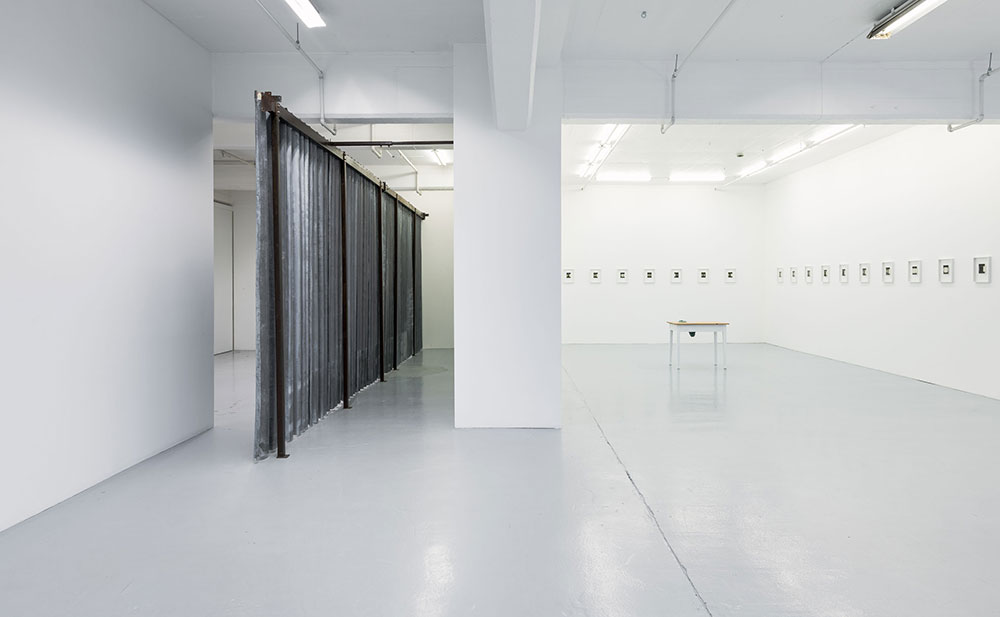
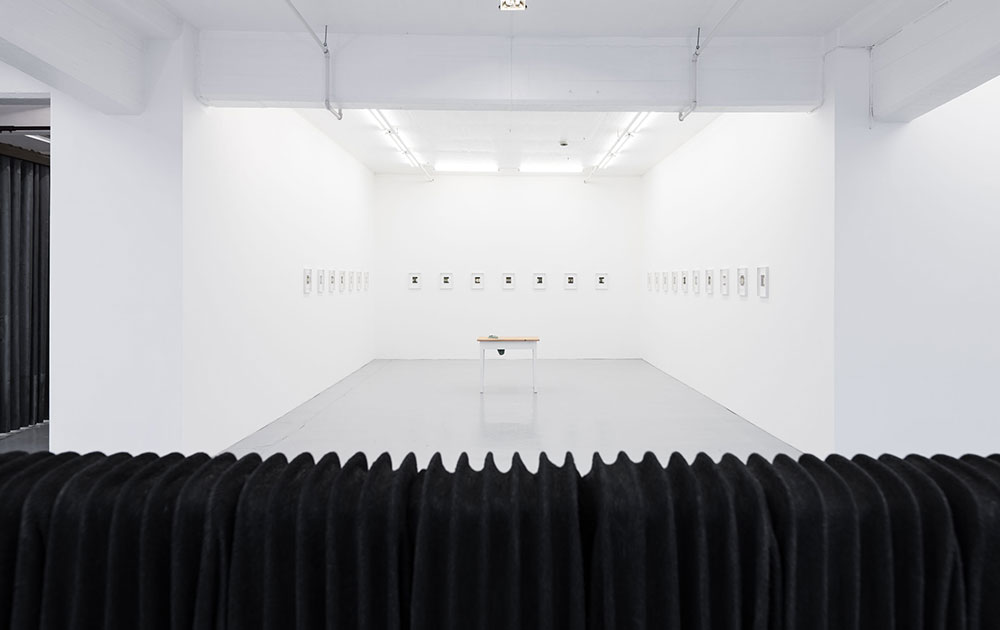
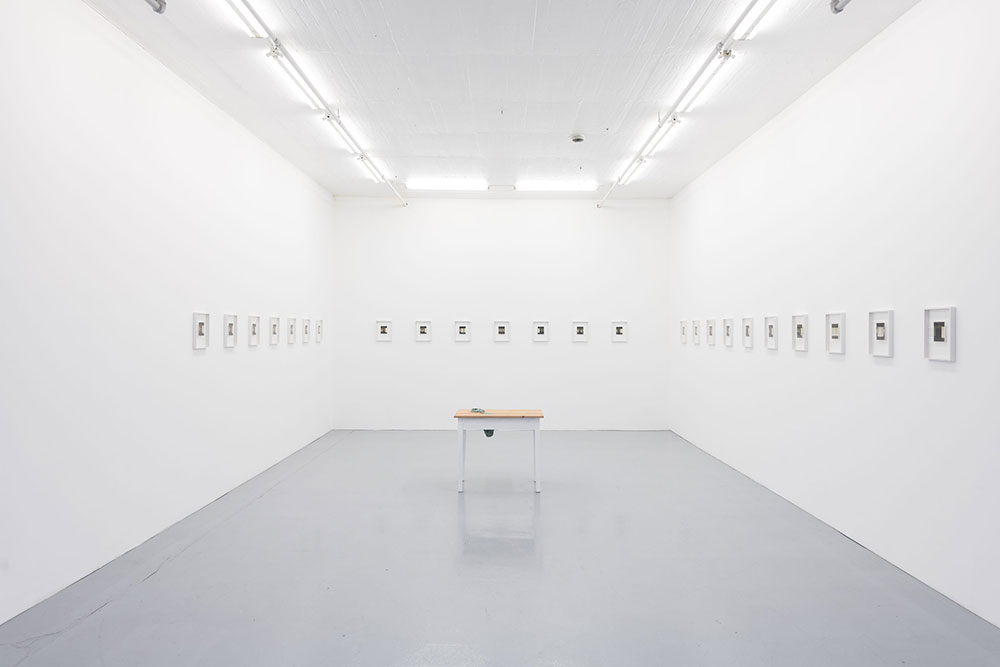
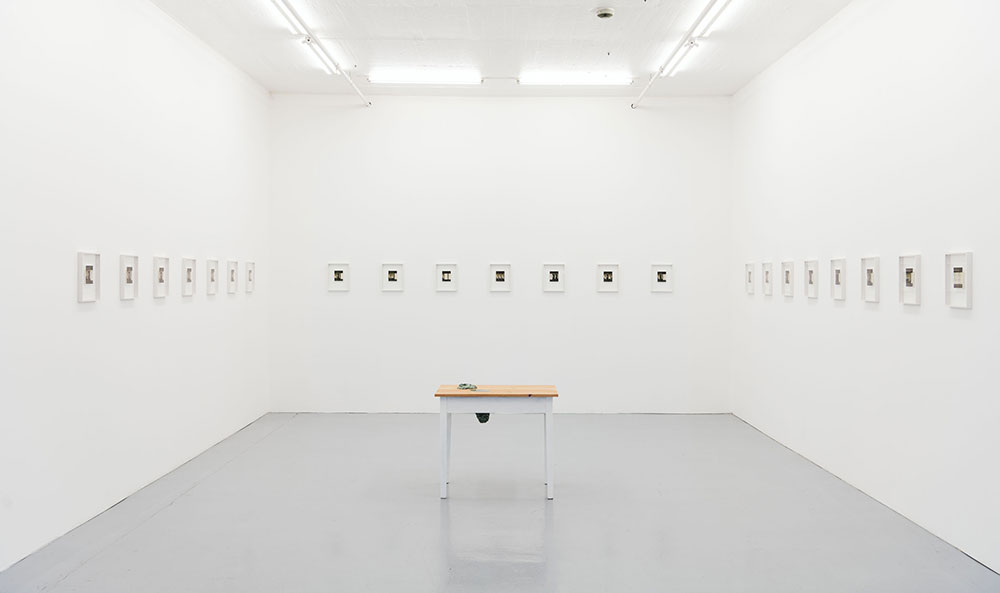

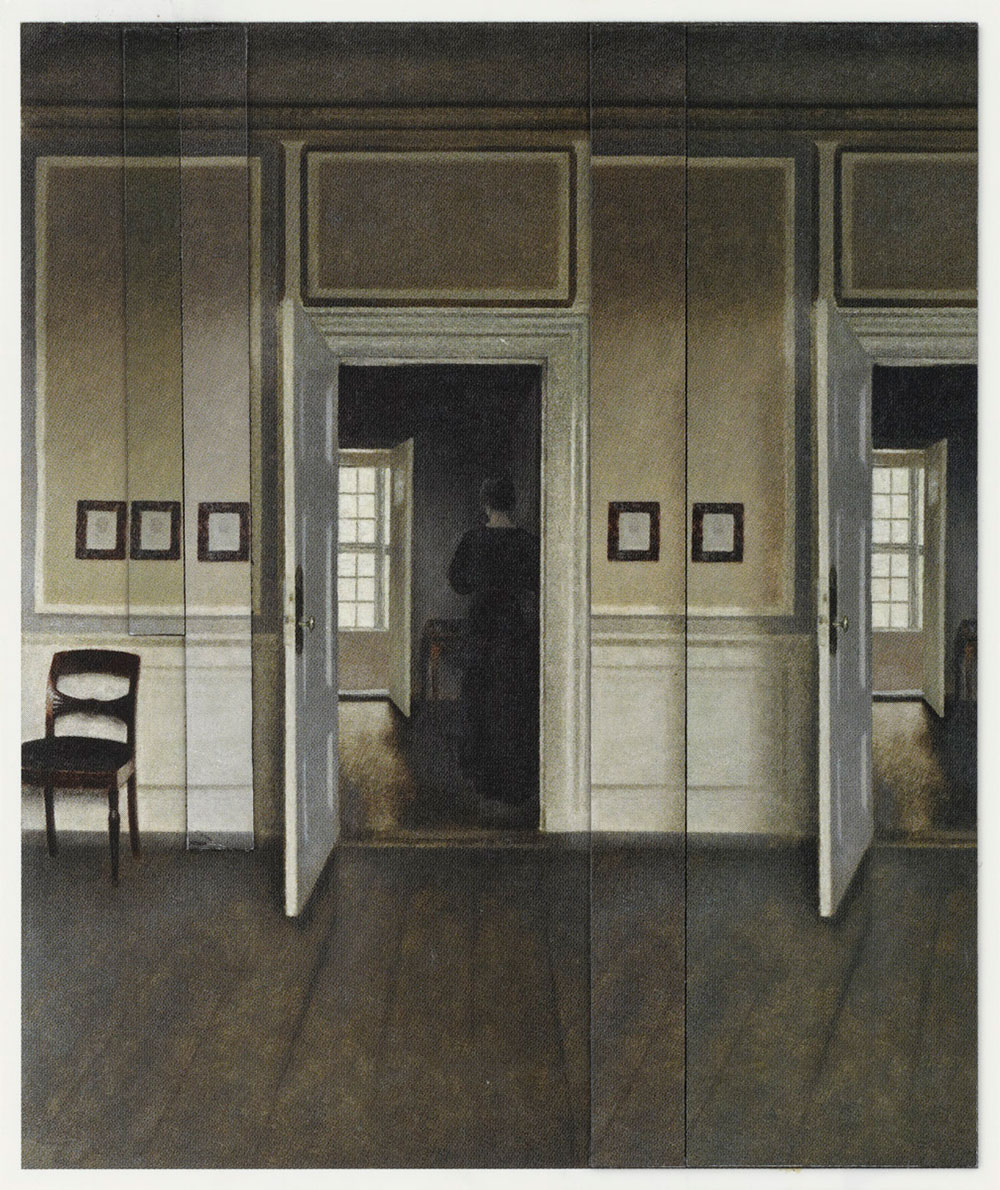
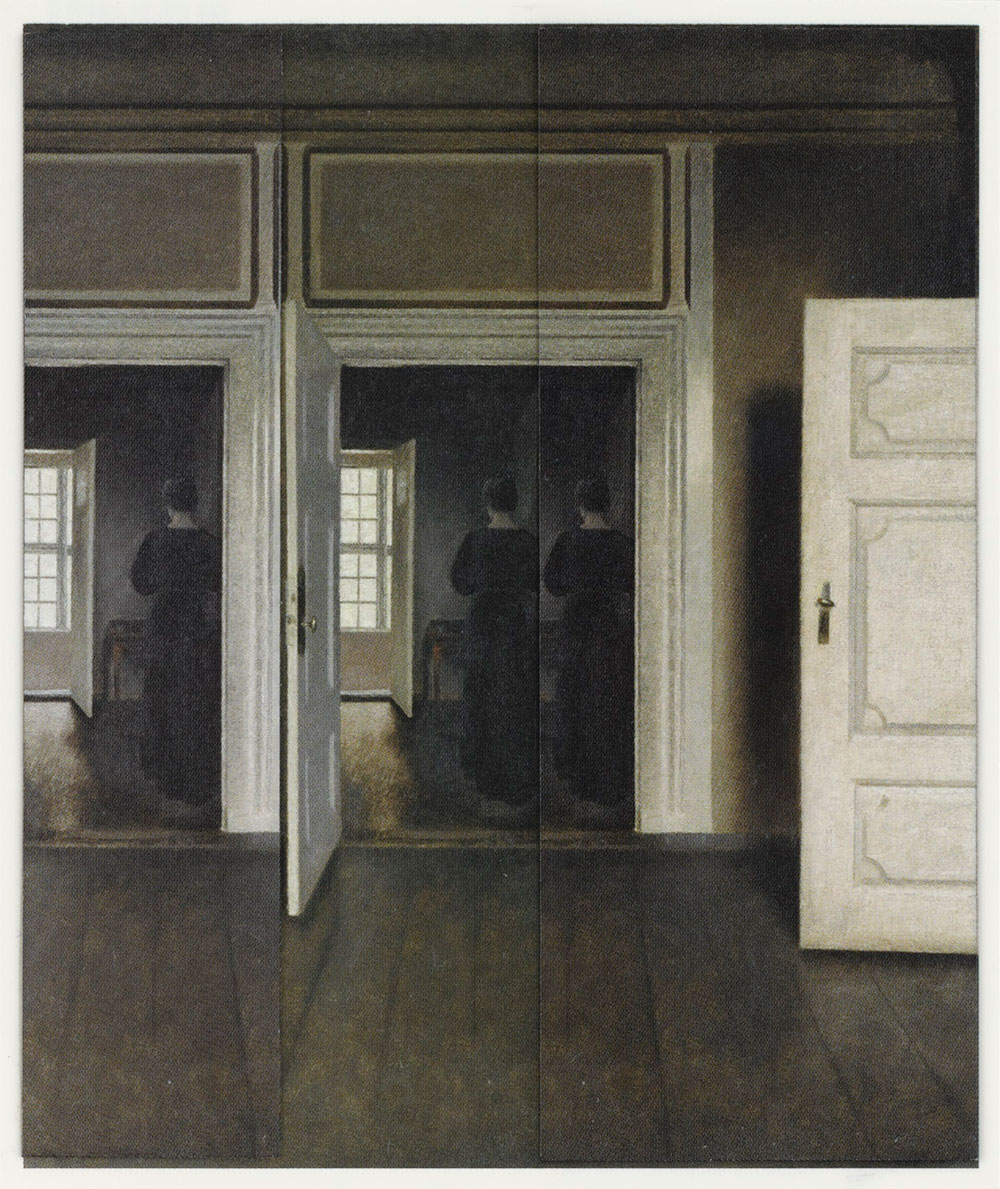
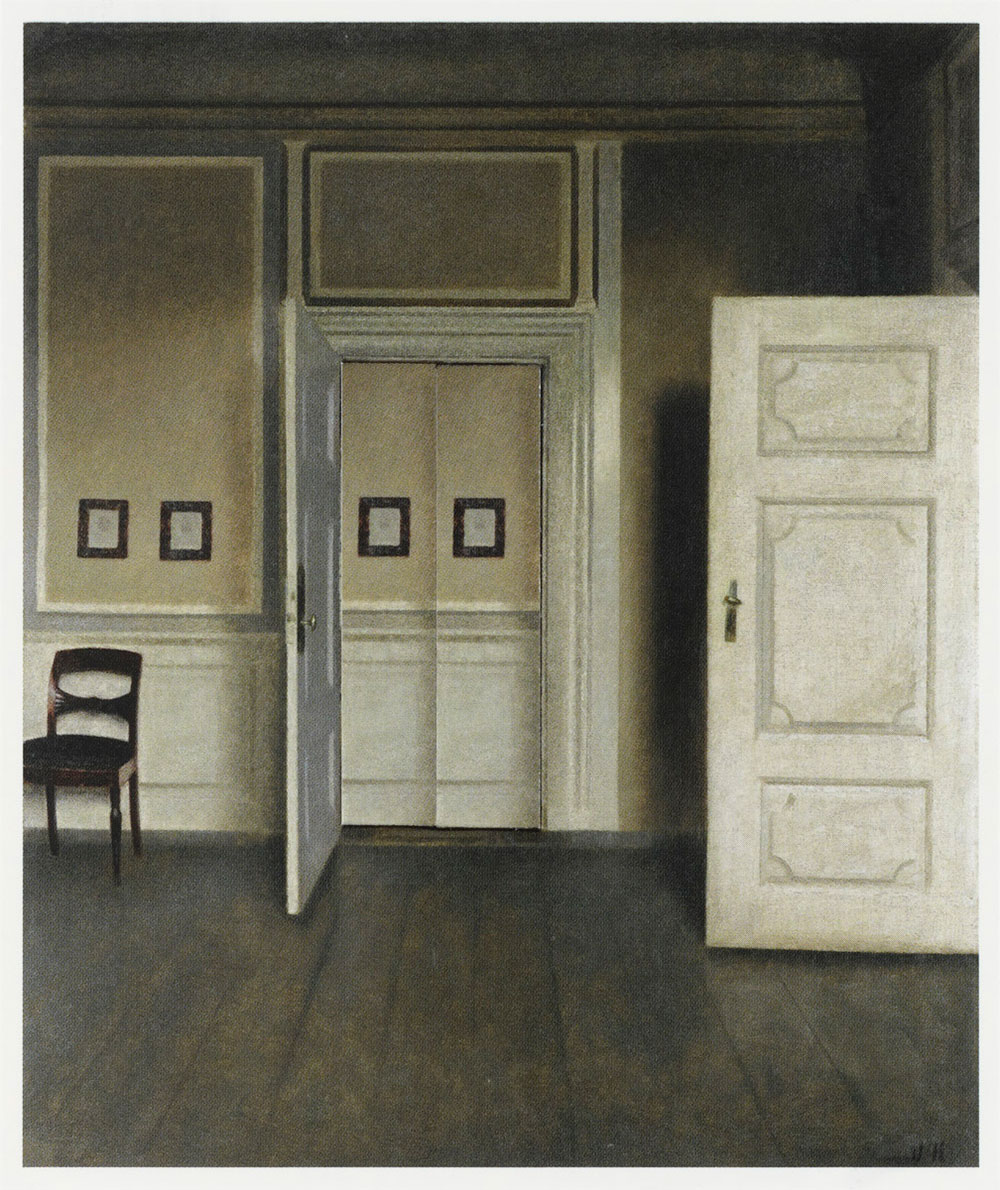
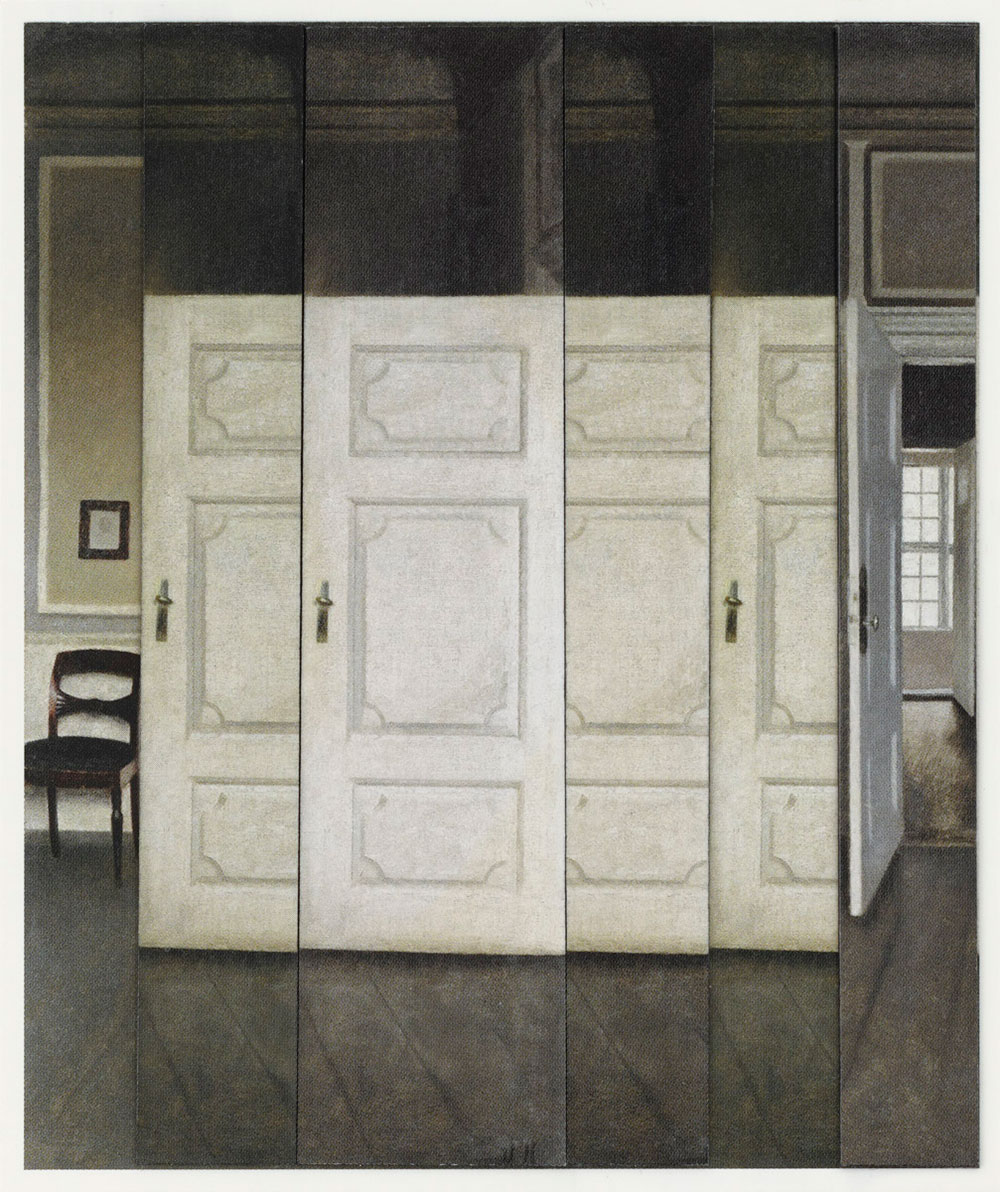
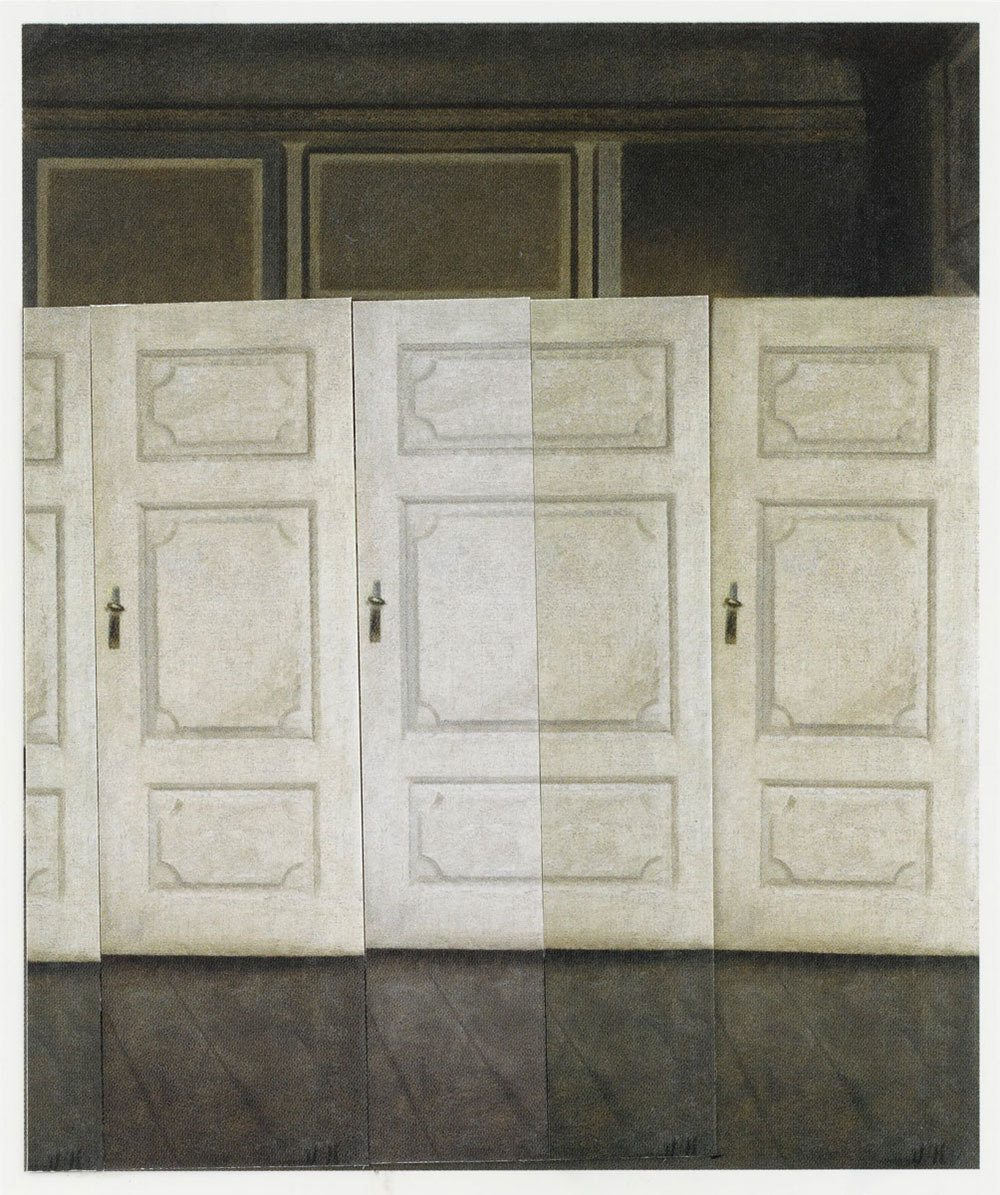
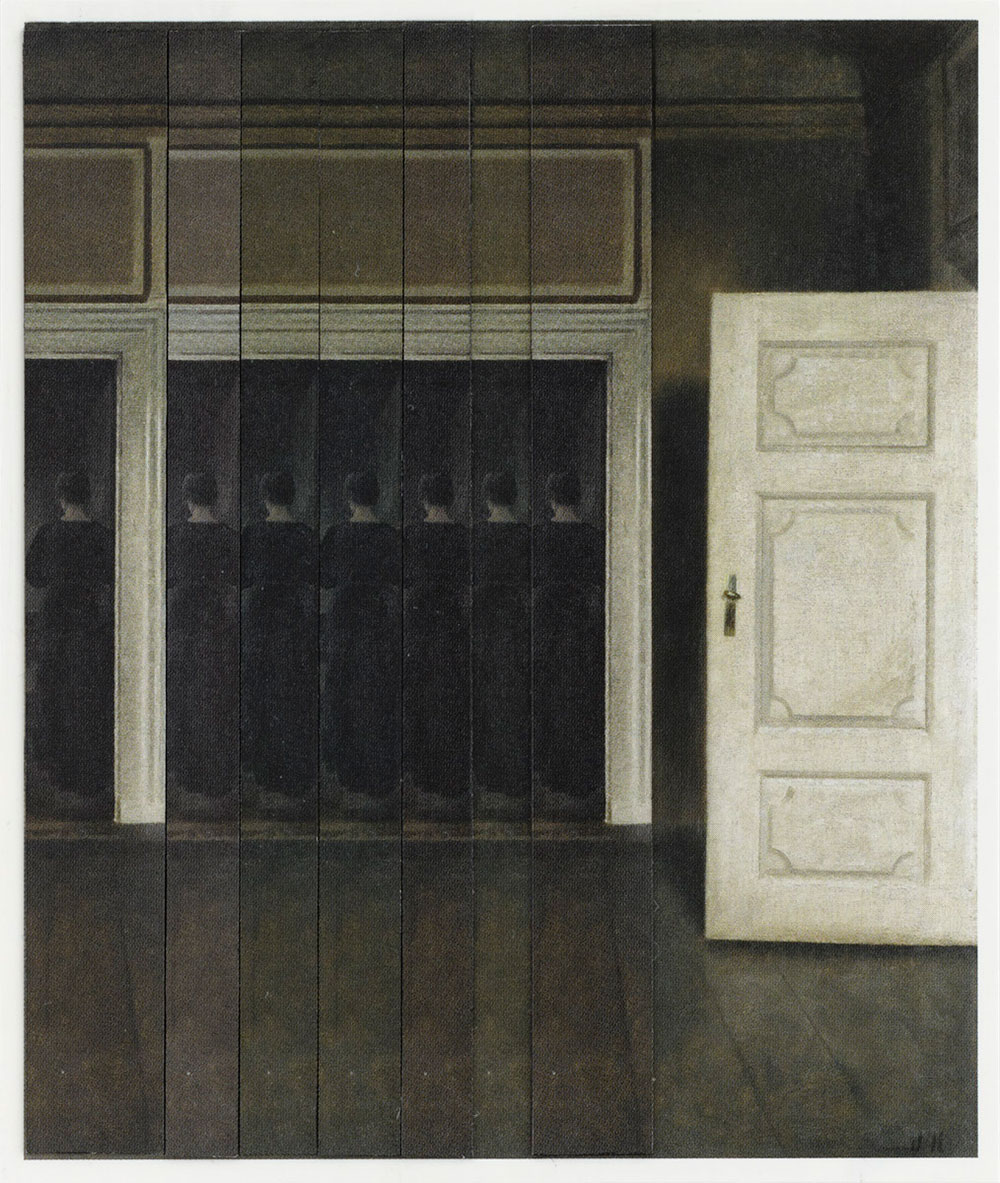
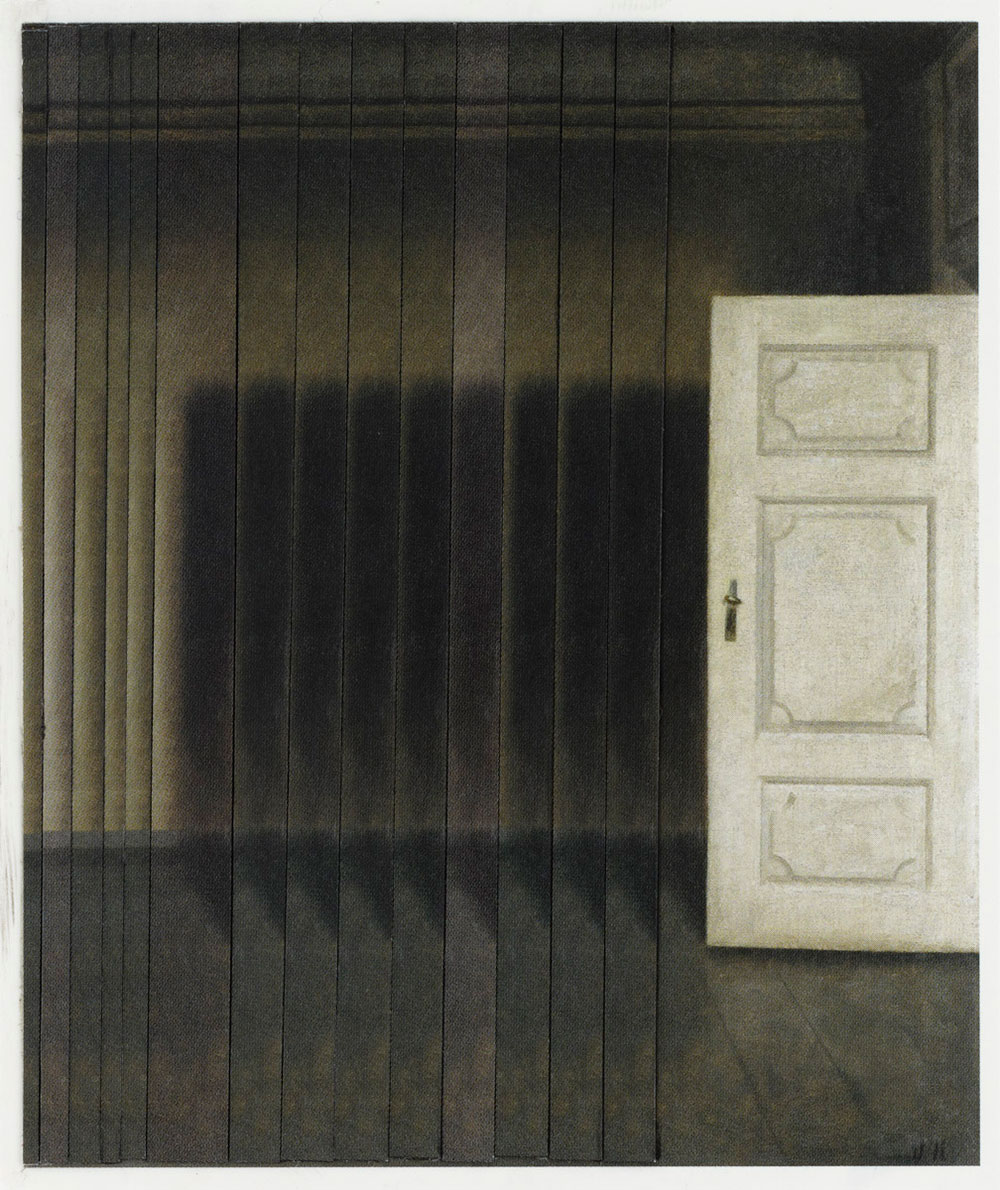
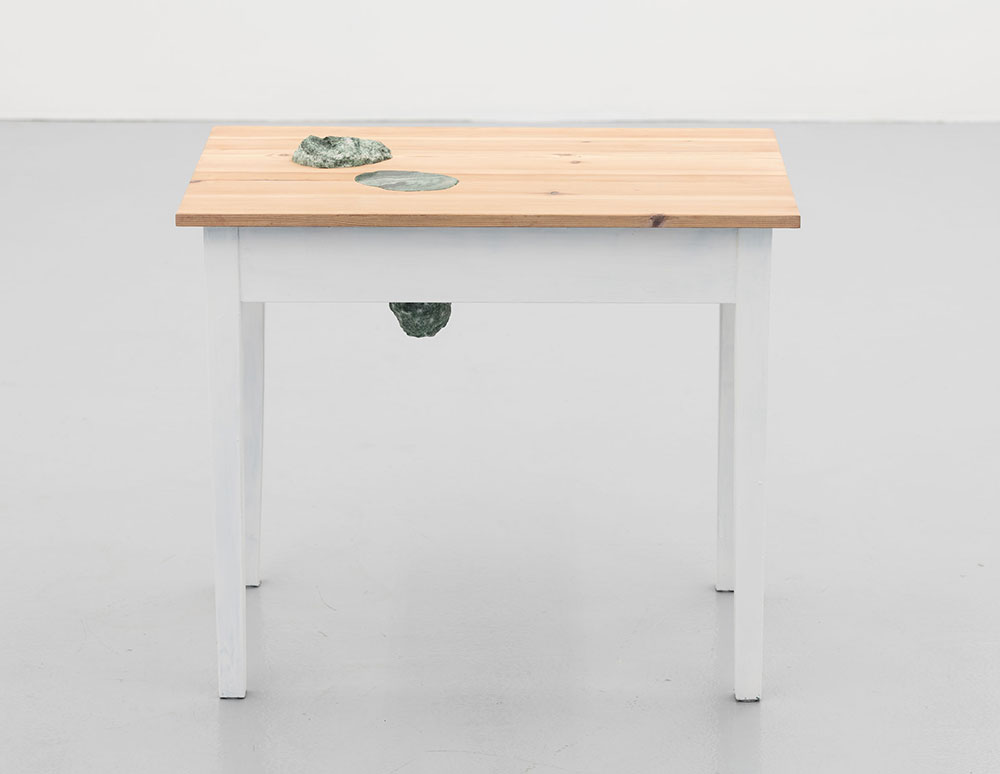
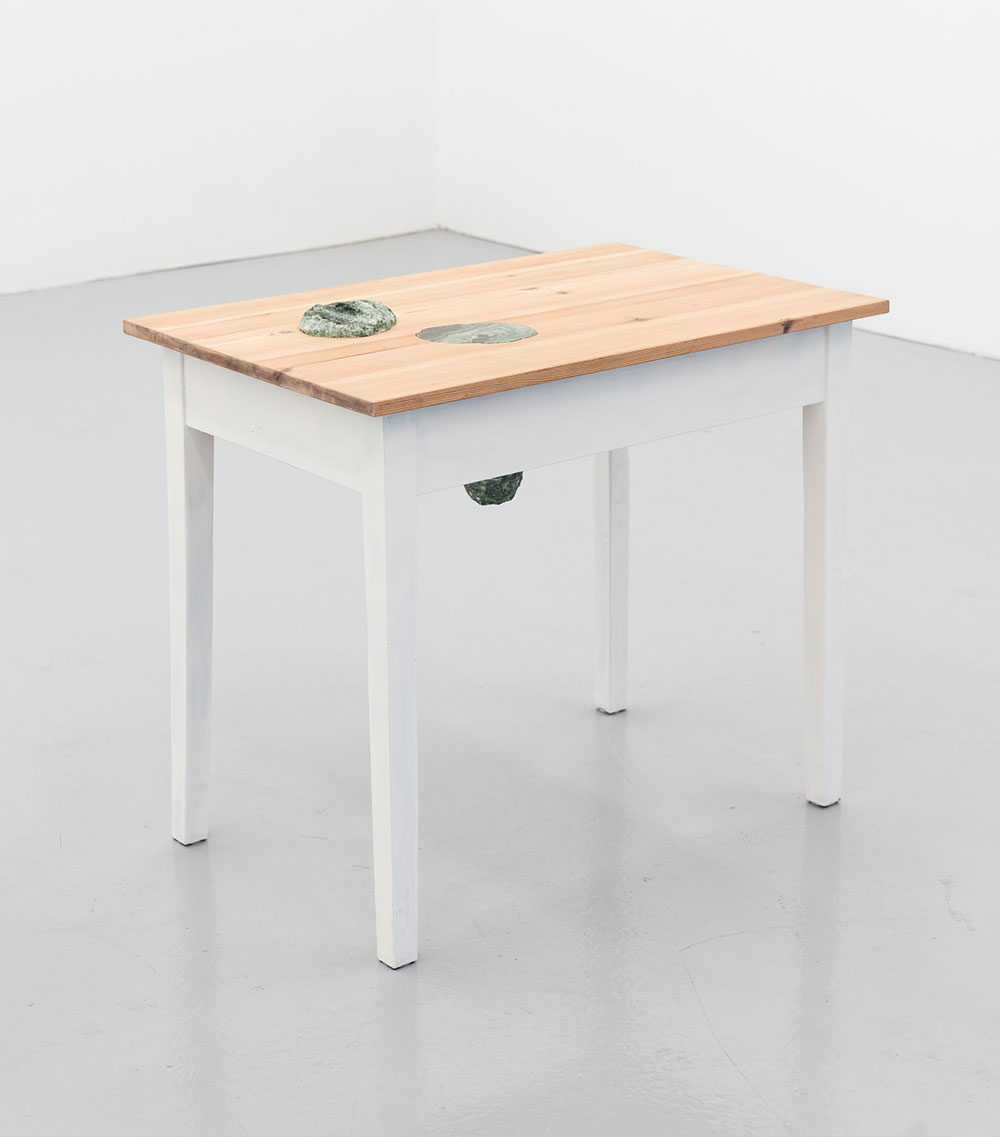
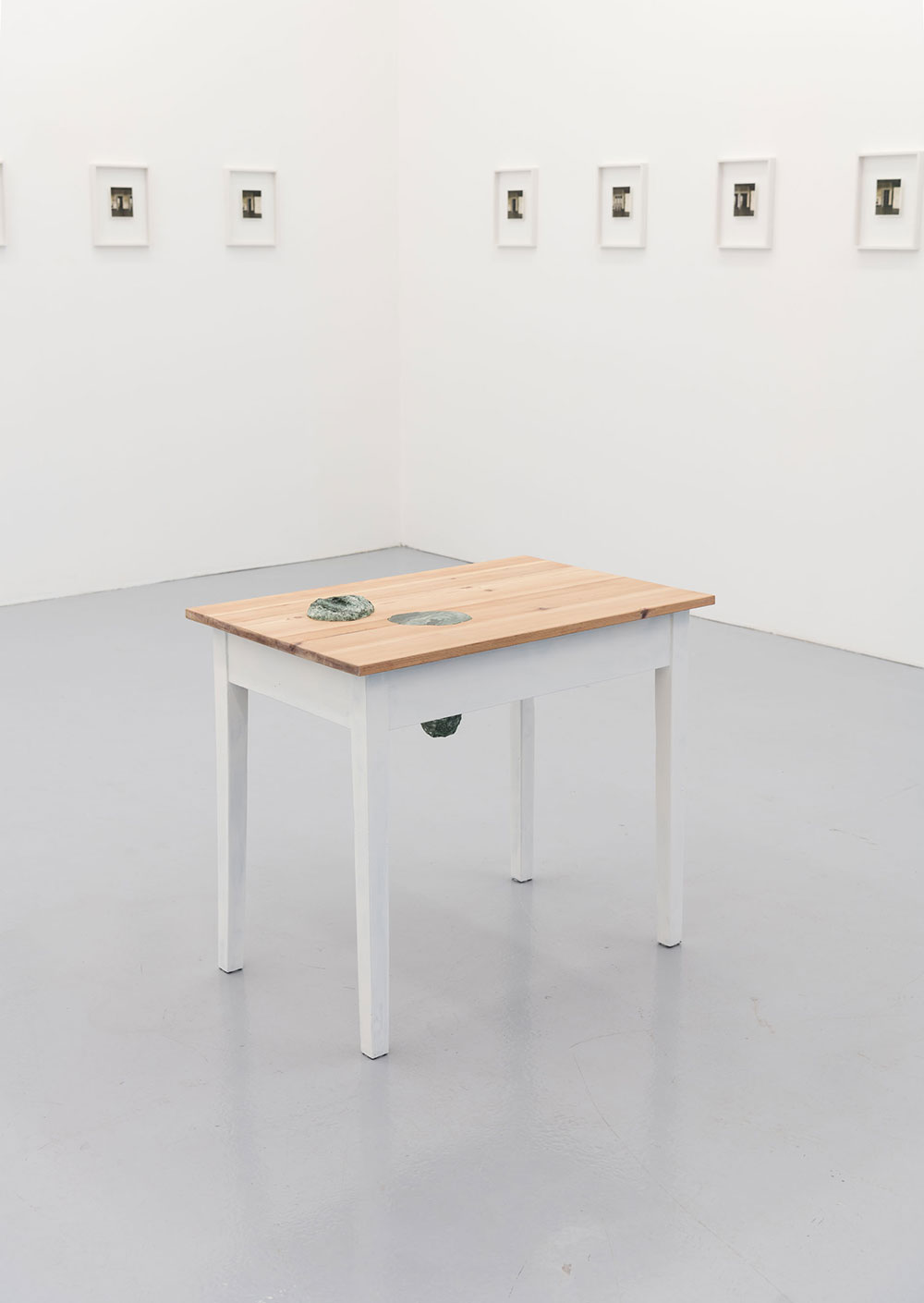
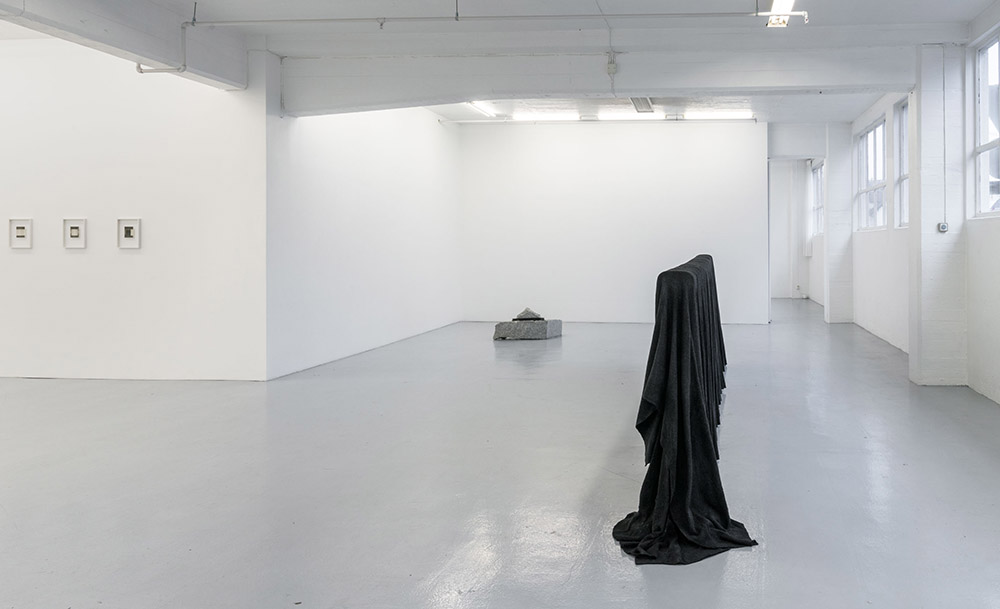
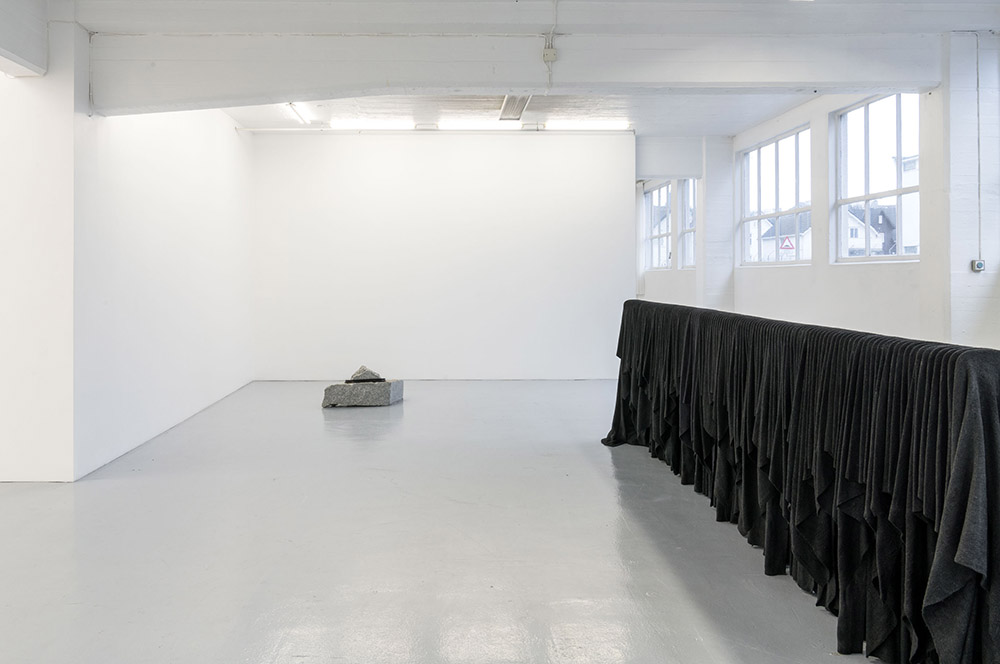
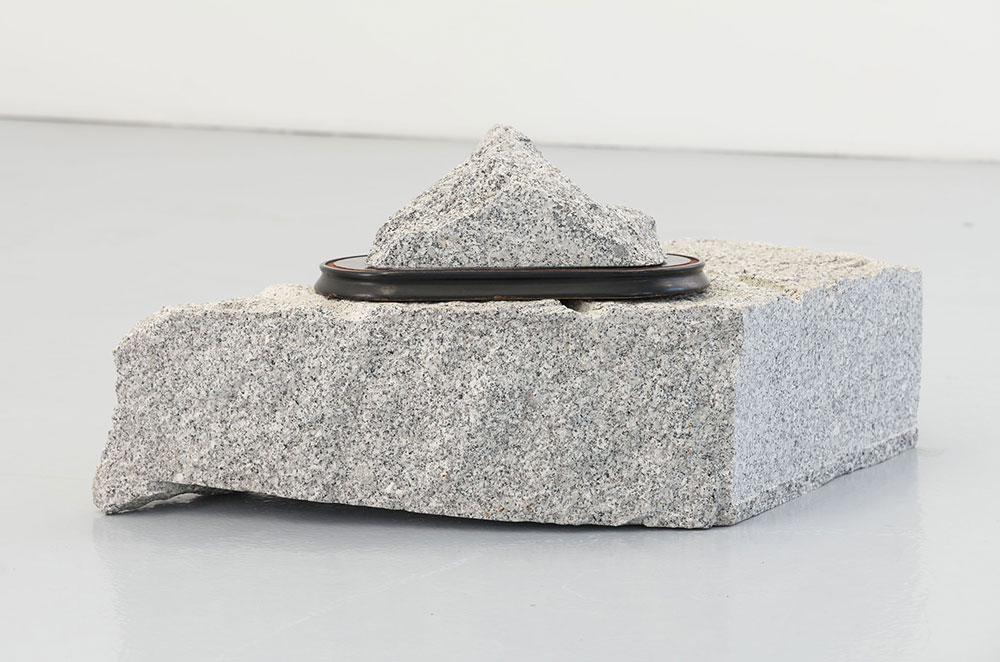
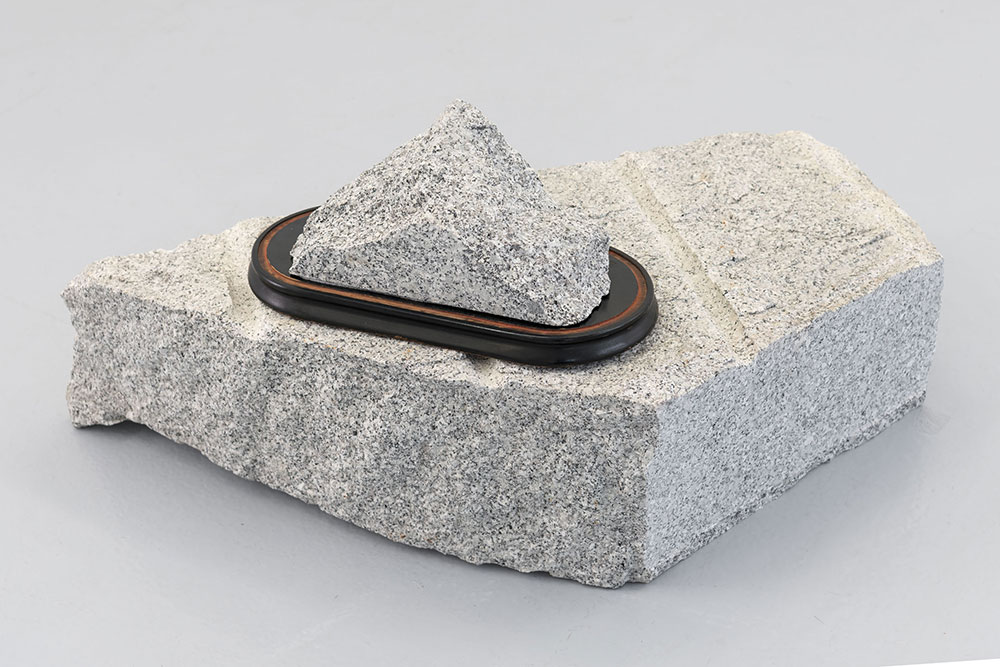
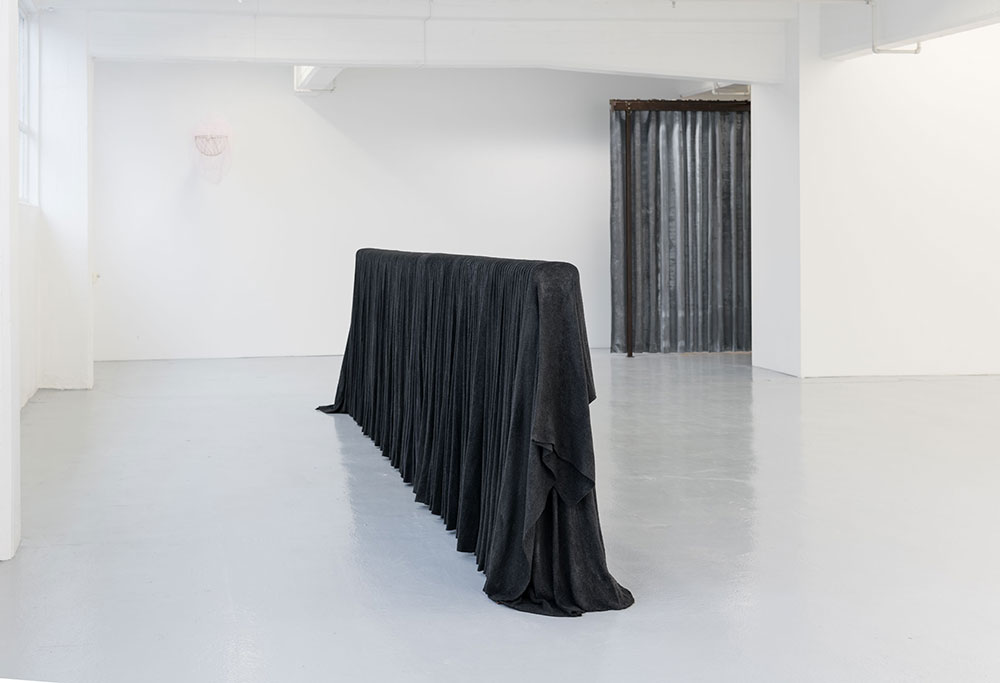
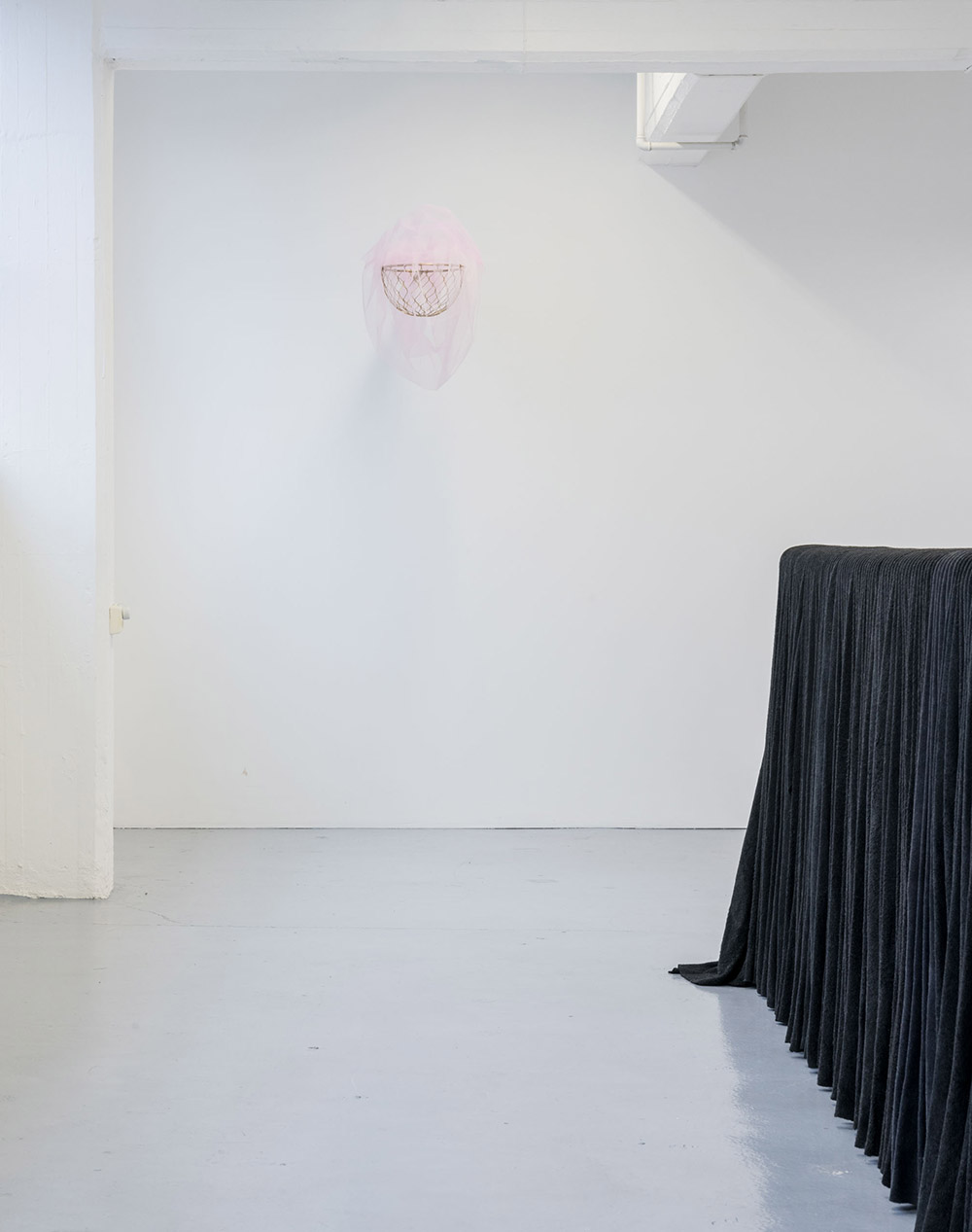
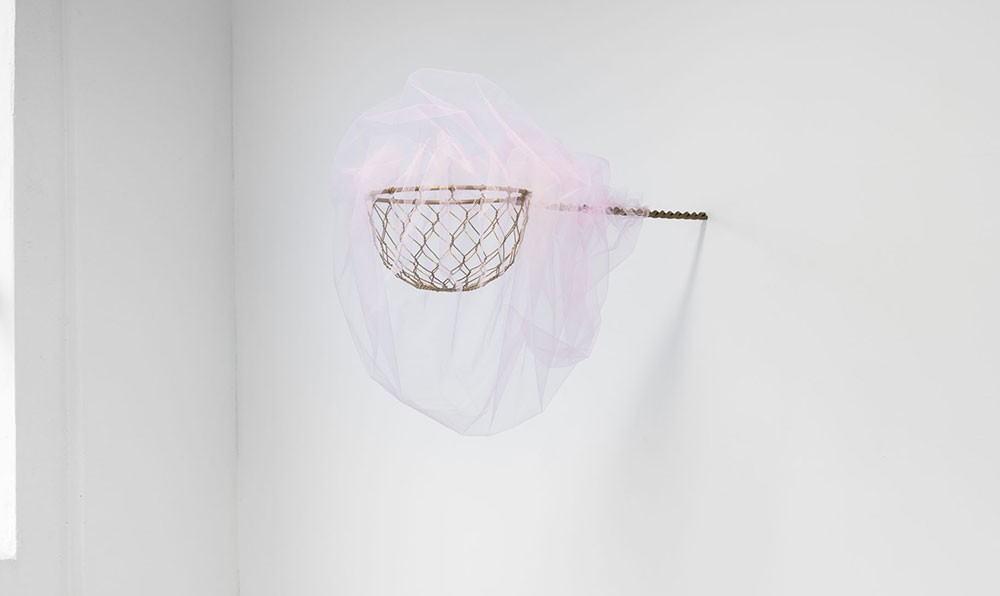
Photos: Markus Johansson / Eric Tschernow